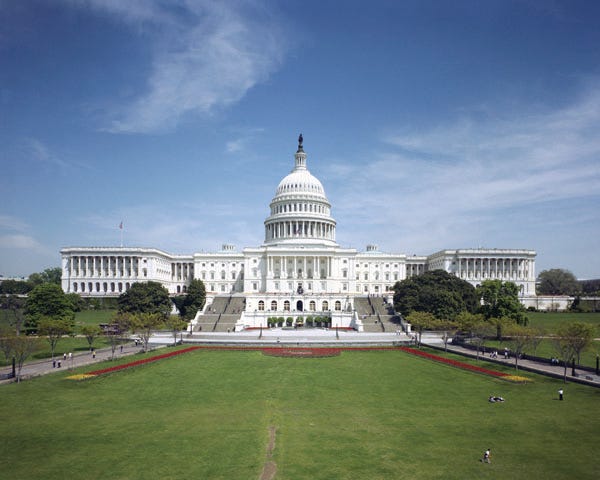
While many in agriculture are still trying to fathom the complexities of the 2014 farm bill and its implementation, members of Congress and ag sector leaders are already laying preliminary groundwork for the 2019 farm bill.

“A perfect storm is brewing in debate on the 2019 farm bill that includes all types of conflicting fiscal and policy issues…â€â€”The Cansler Report
With a dramatic drop in net farm income from the highs of 2013, and projections that outlays for the current legislation will be billions over budget, it’s expected that debate on the next bill will be contentious.
“There is a lot of work to accomplish and, frankly, very little time to do it amidst a dysfunctional legislative branch,” says an analysis by Cansler Consulting. “If Congress continues its typical schedule of an average 118 legislative days per year, as of Sept. 30, we estimate there are about 224 legislative days remaining until a farm bill needs to be adopted for a timely transition.”
In that period, a total 23 Democrat incumbents, two Independent incumbents, and eight Republican incumbents in the U.S. Senate will be defending their seats. Of the nine Democrats serving on the Senate Agriculture Committee, seven are up for reelection, including Ranking Member Debbie Stabenow of Michigan.
“A perfect storm is brewing,” the Cansler report says, “that includes all types of conflicting fiscal and policy issues, politics, and priorities, including, but not limited to, rising costs of current programs, enhancing inadequate programs, and proposing new programs for the upcoming farm bill.”
In an article in the latest issue of Choices, the magazine of the American Agricultural Economics Association, G.A. Barnaby and Levi A. Russell say the focus on crop insurance — the foundation of the 2014 legislation — will likely continue, with three potential options likely to be proposed in the debate over the next bill: replacing crop insurance with a free, area-based disaster program; making modifications to existing policy, which would significantly reduce support to farmers and jeopardize the private delivery system; and complete elimination of the safety net. Their article summarizes the political factors and their interaction with the economic effects of these proposals.
Both the Cansler report and the AAEA article are too lengthy for other than a brief summary here. But they are interesting reads as a preview for the debate that will be cranking up before we know it.
To that end, Agriculture Secretary Tom Vilsack, speaking a while back to the National Farmers Union, said, “I just have one bit of advice on the (next) farm bill: Please, please, please don’t let folks on the Hill start the conversation like they did last time … which was, ‘Golly, let’s see how much money we can save.’”
He described lawmakers’ approach to the 2014 farm bill as an effort to spend as little as possible, as opposed to creating programs to truly help farmers and rural America.
About the Author(s)
You May Also Like




